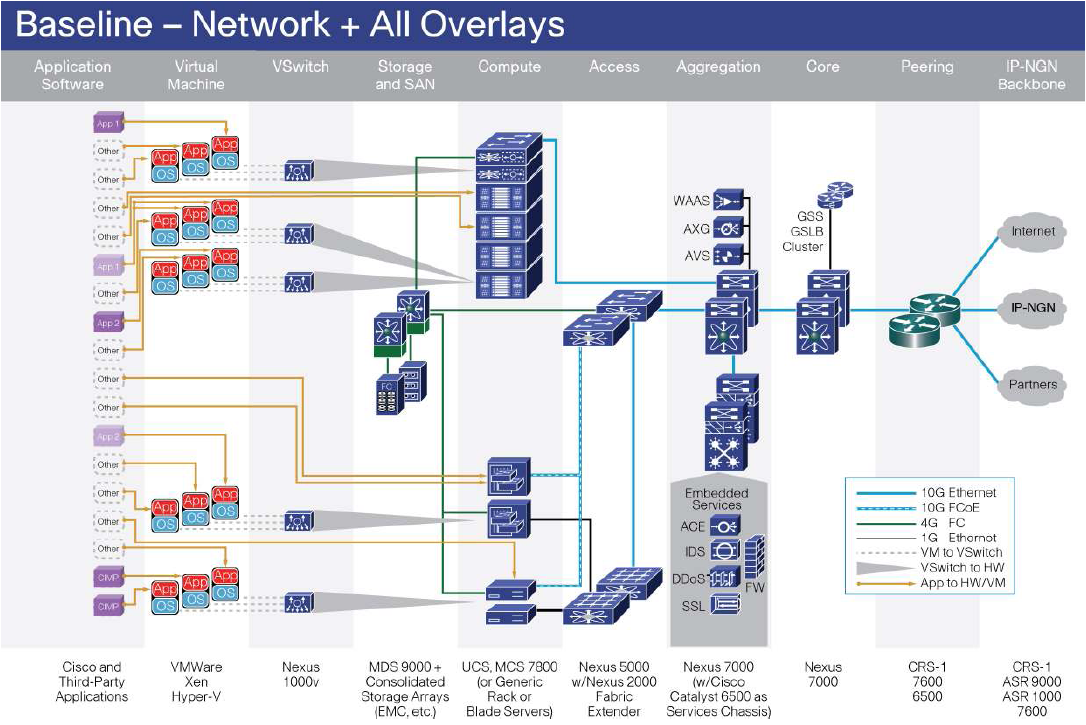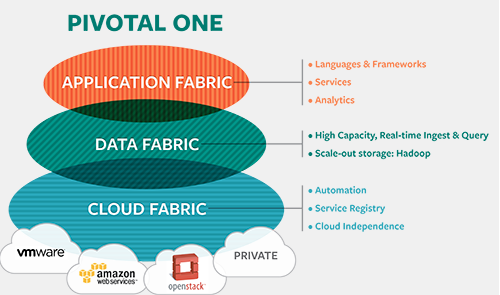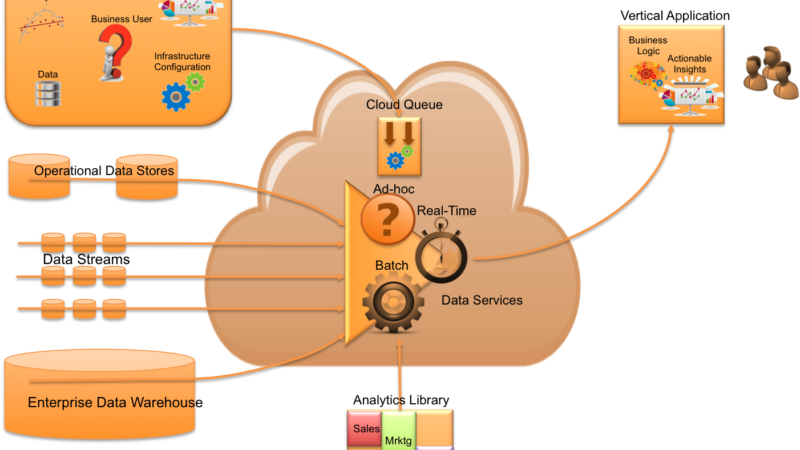CISCO Unified Data Center

Cisco announced their new “Unified Data Center” or “Unified Computing System” (UCS) offering today here and it’s cloud overlay here. Once again (“go CISCO!”) this is a well thought out strategic offering which unifies storage, network and compute functions in a unique way that will differentiate the Unified Computing System from other compute offerings. Cisco’s value proposition of a unified compute / network layer in the Data Center uniquely solves problems that most customers face…namely, many disparate silos of infrastructure across multiple lines of business, usually in a number of physical locations.
Key to Cisco’s approach is the centralization of compute, network, storage access, AND virtualization resources in a single energy efficient system that can reduce IT infrastructure costs and complexity. This is a theme we’ll see more and more. I’d venture to say that heterogeneous platforms across all LOB datacenters will be almost 100% virtualized and managed with a webservices layer that allows IT to “rent” virtual machines much in the way Amazon does to the public….instead in this scenario it will be a “private cloud” behind the firewall.
What will drive this shift? Well, just to outline Cisco’s claim of:
Up to 20 percent reduction in capital expenditures (CAPEX) and up to 30% reduction in operational expenditures (OPEX)
What executive team (CIO specifically) wouldn’t jump on this? Probably many….those who already have invested in IT and don’t have the budget to build out additional iron.
The Cisco solution basically builds a complete end-to-end cloud solution using all Cisco gear in what some would consider “ideal”. Although the reality will be that much of the infrastucture already exists and in all practicality, an enterprise will apply part of the stack that they don’t have – e.g. the virtual switch and virtualization layers. However, if started with no preconceptions…well then you might just sign up to use the Catalyst 6500 line of switches, the Cisco MDS storage line, as well as the Nexus 7000/5000/2000/1000V family of switches. But the real agenda here is to sell more “big iron“.
Cisco also launched blade servers that are based on Intel’s Nehalem processors. Cisco’s design aims to create a single system that wires the blades and consolidates networking functions (local area, storage area and computing networks). You know Intel must be excited.
As one can see, the CISCO cloud frame work consists of the following layers:
- The Application Software Tier: applications or workloads that run in the provider’s virtual environment.
- The Virtual Machine Tier: multiple VMs, or logical servers, share the common resources of a physical server.
- The vSwitch Tier: The hypervisor layer typically implements a virtual switching tier in the software of the hypervisor to multiplex connections from VMs to the physical network interfaces.
- Storage and SAN Tier: includes equipment designed to decouple storage from the compute tier and consolidate it for maximum efficiency.
- Compute Tier: real servers with real processors, memory, and network interfaces
- Access Tier: a distributed switching infrastructure provides scale-out capabilities for the provider’s IaaS offering to accommodate both storage and application networking.
- Aggregation Tier: a highly reliable, scalable mechanism for bringing together the traffic from the access tier and doing so in a manner that makes optimal use of physical resources, and also the tier at which network-based virtual services, such as firewall services, load balancing, intrusion and anomaly detection, deep packet inspection, and other upper-layer services are typically inserted.
- Core Tier: separate from the aggregation tier and also separate from the tier that peers the data center with the WAN. Naturally, in environments with lesser scale, this tier can be physically collapsed with either the aggregation tier, the peering function, or potentially both.
- Peering Tier: On the boundary between the provider’s data center and the WAN with robust Layer 2 and Layer 3 feature sets.
- IP NGN Backbone: While not a tier within the data center itself, this is nonetheless a critical component.
A couple key software partnerships to enable this overall architecture for the cloud:
- BMC and Cisco collaborated on the management software portion of the Unified Computing System. This deep integration means one app can manage the system. For BMC, the Cisco partnership “is preferential,” said Grant. BMC, which is already entrenched in data centers, will find itself in all of those next-gen data center conversations.
- As part of the announcement, Cisco and VMware announced an original equipment manufacturer agreement. VMware, which is under fire from the likes of Microsoft, Red Hat and Citrix, gets another channel to push its virtualization platform. Cisco is a nice partner to have on board. “This is perhaps the only evolutionary road,” that is feasible right now, said Paul Maritz, the chief executive of VMware, that could lead to “revolutionary” new forms of computing.
The big question still remains (at least in my mind)….”What do enterprises with a ton of existing hardware do to re-provision their existing IT investments into the cloud?”



